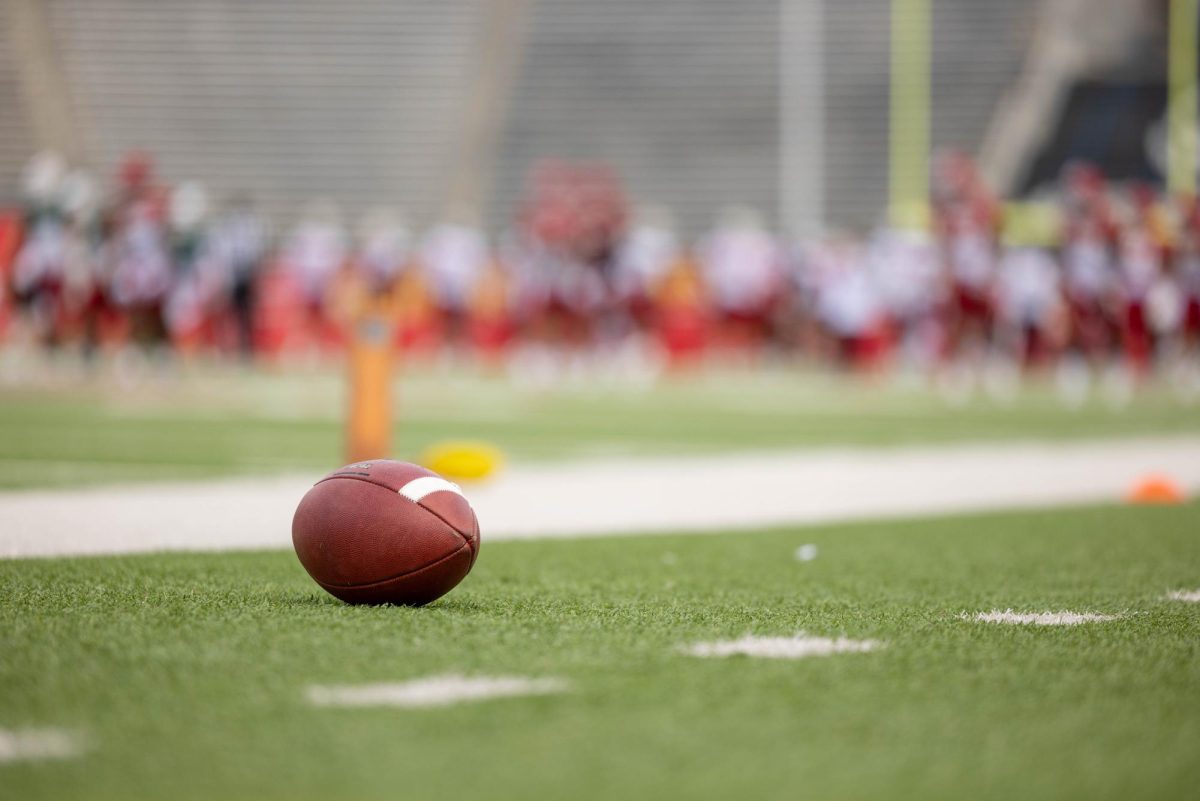It’s time for a wake-up call: college athletes are already getting paid. Not in salaries, perhaps, but in scholarships, elite training and financial support that most students could only dream of. Meanwhile, students at Fresno State are footing the bill in ways that go largely unnoticed.
The hidden tax on students
Every semester, Fresno State students pay $132 in Instructionally Related Activities (IRA) fees. Here’s the kicker: $92 of that fee—nearly 70%—goes directly to athletics, while academic programs receive $30 and co-curriculars receive a mere $10.
That’s right. For every student paying their fees, the university funnels more money into athletics than into academics. Before we even begin discussing paying college athletes, we need to ask: why are students subsidizing a system that already benefits a small, elite group?
 Fresno State’s athletic programs generate tens of millions of dollars annually, yet they still rely on student fees to stay afloat. In the 2023-24 fiscal year, Fresno State’s Athletic Corporation reported nearly $42.7 million in revenue. Despite this, the university still pulls from student tuition and reserves, allocating an additional $5.3 million from tuition reserve funds.
Fresno State’s athletic programs generate tens of millions of dollars annually, yet they still rely on student fees to stay afloat. In the 2023-24 fiscal year, Fresno State’s Athletic Corporation reported nearly $42.7 million in revenue. Despite this, the university still pulls from student tuition and reserves, allocating an additional $5.3 million from tuition reserve funds.
If the athletic department is making that much money, why are students forced to bankroll it further?
A system that prioritizes profit over fairness
The financials behind Fresno State’s athletic program tell a story of profitability, yet they still rely on student fees to cover a significant portion of costs. For instance, in the 2023-24 fiscal year, game revenue increased by over $1.2 million, driven by higher football game attendance, season ticket price hikes and lucrative game guarantees, including $1 million from Arizona State and $1.3 million from Purdue.
These guarantees alone highlight the substantial financial inflow the athletic department is receiving. Yet despite this, the university still found it necessary to allocate $5.3 million in additional funding from student tuition and reserve funds to cover unforeseen athletic expenses.
This raises a key question: if football is so profitable, why are students still footing the bill? The increase in one-time university funding of $5.6 million, aimed at offsetting costs like coaching staff turnover, postseason travel and deferred maintenance, further underscores the disproportionate reliance on students to support an already lucrative system.
If these funds are readily available for athletics, why does the university continue to divert student fees into athletics, especially when academics are in need of more support?
Academic programs at Fresno State have been severely impacted by budget cuts, yet the financial priorities seem to be elsewhere.
“The university has been forced to increase class sizes to accommodate students displaced by lost sections,” said Fresno Bee reporters Robert Kuwada and Erik Galicia.
This in turn is affecting the quality of instruction. A Fresno State official further notes that essential services such as faculty professional development, faculty assigned time and tuition waivers for graduate students have been eliminated as part of the budget cuts. At the same time, the athletic department continues to receive millions in funding from student fees.
These funds could be better allocated to restore vital academic services that benefit the entire student population. Instead, the focus seems to be on sustaining a profitable athletic enterprise at the expense of students’ educational experiences.
Moreover, the National Collegiate Athletic Association (NCAA) and conference revenue have seen steady increases, with NCAA basketball distributions up by $220,000 and postseason football revenue growing by $352,000 in 2024. Even Student Assistance Funds (SAF) revenue increased by $300,000, which suggests that the athletic department has more than enough financial resources to operate without burdening students further.
This paints a picture of an athletic system that not only thrives on student contributions but also raises serious questions about the prioritization of profit over student welfare and academic growth.
The inequality within Fresno State’s athletic funding isn’t just about the divide between athletes and the general student population, it also exists within athletics itself.
Take, for example, the experiences of Joseph Lloyd, a Fresno State golfer, and Morgan Hutchinson, a cross-country runner. Both athletes recognize that the system disproportionately benefits football and basketball while leaving other sports behind.
“Football brings in more money… I would guess probably half of the student fees go to football,” said Lloyd.
This contrast raises an important question: If student fees are meant to support athletics as a whole, why do they disproportionately benefit certain sports while leaving others struggling for basic necessities?
If Fresno State were to start directly paying athletes, the benefits would once again go to the same select few sports.
“Football and basketball would probably get most or all of it,” Lloyd said.
Some may argue that football brings in revenue for the school and deserves additional compensation. However, this overlooks the fact that Fresno State’s athletic department already generates millions in revenue while still relying on student fees and university subsidies. If the football team is truly profitable, why does it still require financial support from students who may never attend a game?
The NIL divide: Who really wins?
Name, Image, and Likeness (NIL) deals were supposed to level the playing field by allowing athletes to profit from their brand. In reality, these deals only widen the gap between major sports and everyone else.
“They actually have a program for all athletes to use NIL, but nobody wants to do NIL deals with a runner,” Hutchinson said. “They’re giving NIL deals with, like, cars and all these things to football players. Nobody wants to give a runner a car.”
Lloyd noted a similar disparity in golf.
“NIL was always for football… Golf, we’re nowhere to be found on the Bulldog Collective,” Lloyd said.
This two-tiered system leaves most college athletes, let alone regular students, without the financial support that a select few enjoy. If we were to start paying athletes directly, the gap would only grow wider, creating an even more unfair system where certain sports receive the vast majority of benefits while others are left struggling.
Athletics over academics: A broken priority
Fresno State’s growing emphasis on athletics has come at a cost to academics. While the university secured a record-breaking $78.3 million in research grants in 2023, it continues to allocate disproportionate resources to its athletic programs. This prioritization of sports undermines the university’s true mission: education.
Hutchinson and Lloyd, however, both noted that Fresno State does provide strong academic support for student-athletes.
“There’s a good balance,” Hutchinson said. “They have good resources for academics if you’re willing to use them.”
This suggests that the university already prioritizes academic assistance for its athletes, reducing the need for additional financial compensation.
“We have a great academic center… Our advisors are always checking in on us,” Lloyd said.
If student-athletes are already receiving dedicated academic support, scholarships and access to resources unavailable to most students, then the argument for direct salaries becomes even weaker.
The solution: Long-term benefits, not short-term payouts
Rather than paying college athletes, universities should focus on providing long-term benefits that prepare athletes for life after sports.
“At the end of the day, you’re not going to be an athlete forever,” Hutchinson said. “You need to be prepared for life outside of athletics.”
This statement highlights a crucial reality that many student-athletes tend to overlook. A career in sports, even for the most talented, is fleeting, and financial stability in the long run depends on skills and education beyond the playing field. Instead of salaries, universities should invest in career development programs, financial literacy education and medical coverage that ensures student-athletes are set up for success well beyond their years of competition.
If Fresno State truly wants to support its students, both athletes and non-athletes, it should:
- Reduce IRA fees allocated to athletics, ensuring that more funds support academic programs and student services.
- Redirect funds toward scholarships, research grants and educational initiatives that benefit the broader student population.
- Invest in long-term support for athletes, such as career counseling, medical coverage and financial literacy programs, instead of short-term salaries.
The future of college athletics: A choice between fairness and exploitation
College sports were never meant to be a business, yet today, universities operate them as multi-million-dollar enterprises funded by student fees. If we continue down this path, higher education risks becoming a glorified sports franchise where academics take a backseat to entertainment.
It’s time for Fresno State, and universities across the country, to reassert their priorities. Instead of paying athletes, they should focus on what truly matters: education, student well-being and long-term success. College sports should serve students, not exploit them. Until we make that change, the divide will only continue to grow.




